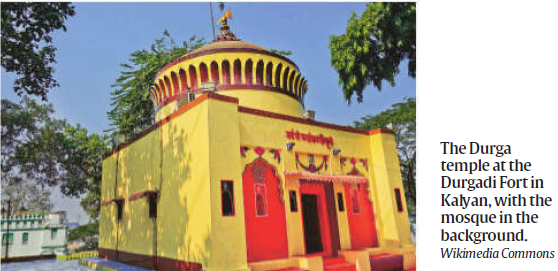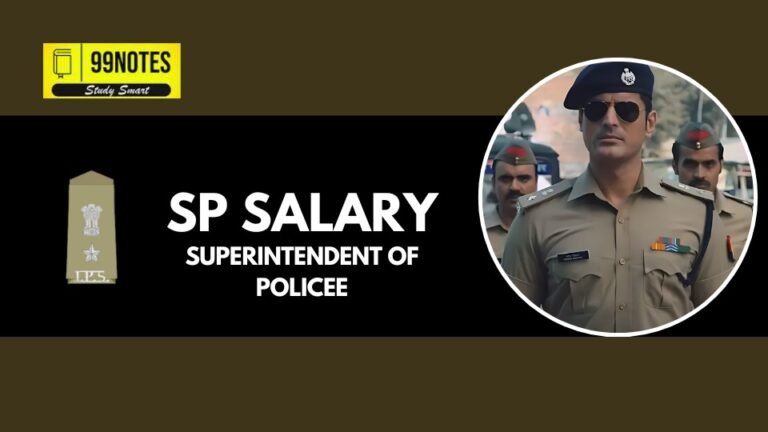Durgadi Fort Controversy
(Source: Indian Express; Section: Explained; Page: 21)
| Topic: GS1 – History |
| Context: |
|
Analysis of News:

About Durgadi Fort:
- Durgadi Fort is located in Kalyan, Maharashtra, and dates back to the 16th century. It was originally built by the Adil Shahi Sultanate of Bijapur.
- The fort, spread over 70 acres, has both a mosque and a temple It was a key location for the Muslim community, especially for Eid prayers.
Changes Under the Marathas:
- In 1760, the Marathas took over Kalyan and renamed the fort as Durgadi Killa (fort of Goddess Durga). They built a temple to Goddess Durgadevi inside the fort, near the existing mosque.
- After the British took control in 1818, the fort became less significant as a place of worship, and the Durgadevi temple stopped being used by the public after 1876 when its idol was stolen.
The Dispute Over the Fort:
- 1960s: Tensions between the Hindu and Muslim communities began over the fort’s control. The Muslim community claimed to have been offering Eid prayers there for centuries, while Hindus wanted to worship and assert control over the site as well.
- 1966: The Maharashtra government tried to take control of the land, planning to turn part of it into a public park. This caused protests from the Muslim community. The government allowed Muslims to continue Eid prayers but said that neither Hindus nor Muslims could claim full control over the land.
- 2023: After nearly 50 years of legal battles, a Kalyan civil court ruled in favor of the Maharashtra government, affirming that the government owned the disputed land and rejecting the Muslim community’s claim.
- The court said that the Muslim community’s claim was barred by the statute of limitations, as the dispute had started in 1968, and the Muslim petition was filed in 1976—after the legal deadline for challenging the ownership had passed.
- However, the court did not rule on the historical claims about the religious significance of the structures in the fort. It only ruled that the land belonged to the Maharashtra government.
| Practice Question: Discuss the significance of timely legal action in ownership disputes over historical sites and analyze the role of the state in balancing heritage preservation with law and order maintenance amidst competing community claims. (250 words/15 m) |


